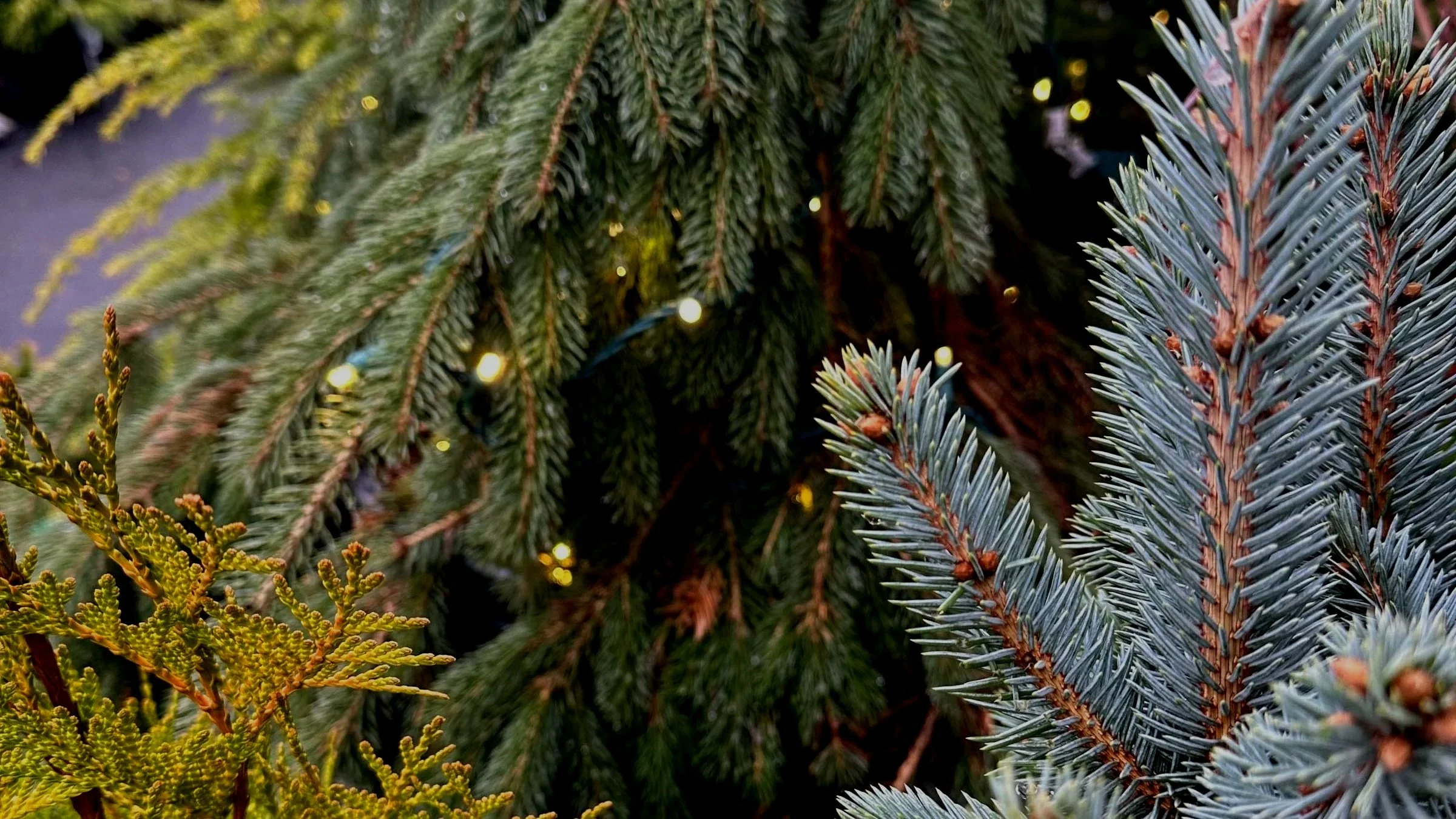First off let me say that I don’t like the expression “Putting the garden to bed” because it sounds so final. The fact is that there are still plants out there that are wide awake and believe it or not, there are some plants that react to winter with renewed energy. But there are some specific tasks that we can do to prepare for the winter. Here’s my list. For a more in depth discussion come to our class this Saturday at 10am here at the nursery.
LAWNS: Fertilize and apply lime this month. Bonide Infuse is a good product to control red thread. Improving drainage will also help. It’s probably too late to kill broadleaf weeds.
FRUIT TREES AND FLOWERING TREES: With all the tent caterpillars we saw this spring it is imperative that we spray a horticultural oil on the branches to suffocate the eggs. Do it now and again in late winter as the buds begin to swell. Combine copper with it to control diseases.
VEGETABLES: Clean up the beds and spread an inch of compost and some lime to keep the weeds down for the winter. It’s probably too late to plant.
BULBS: Plant them if you haven’t already.
FLOWERS: There is no need to look at empty beds or containers all winter long. Do something about it.
BERRIES: For raspberries and blackberries, it is most important to remove the canes that produced fruit this year (except for everbearing varieties). The remaining canes can be shortened up a bit and secured to a wire/trellis system. Blueberries only need a light pruning to remove any dead wood and to shape them. Wait to mow strawberries down until February.
GRAPES AND KIWIS: Wait until February to prune.
ROSES: Remember “Hip high in the fall, knee high in the spring”. This is how you should be pruning most of your roses. Climbing roses need to be secured to their trellis and the long canes shortened up just a little bit. These long canes will produce your first crop of flowers next spring. After pruning and thoroughly cleaning around the base of the rose, apply some lime and then pile up some mulch about 10-12 inches high to protect the graft union from a really ugly winter. A couple of bucks of mulch is a small price to pay for insuring that your roses are going to survive the winter.
PERENNIALS: When I think of perennials I tend to put them into two camps, sticks and mushers. The mushers are the ones like hostas that mush to the ground at the first frost. These are easy to clean up at that point. Sticks are the ones like asters that turn brown but remain woody. Cut them half way back to the ground and in spring as the new growth emerges from the base remove the rest of the old growth. There is also a third camp which would be the evergreen ones like Bergenia and Heuchera which just need some grooming to keep them looking good all winter. After cleaning up the perennial beds broadcast some lime and spread an inch of fresh compost over the soil to control weeds and insulate the ground from hard freezes.
Again, this is a brief list of chores to not only help our gardens survive the winter but to get them off to a great start next spring. For more detail sign up for our class this Saturday.


